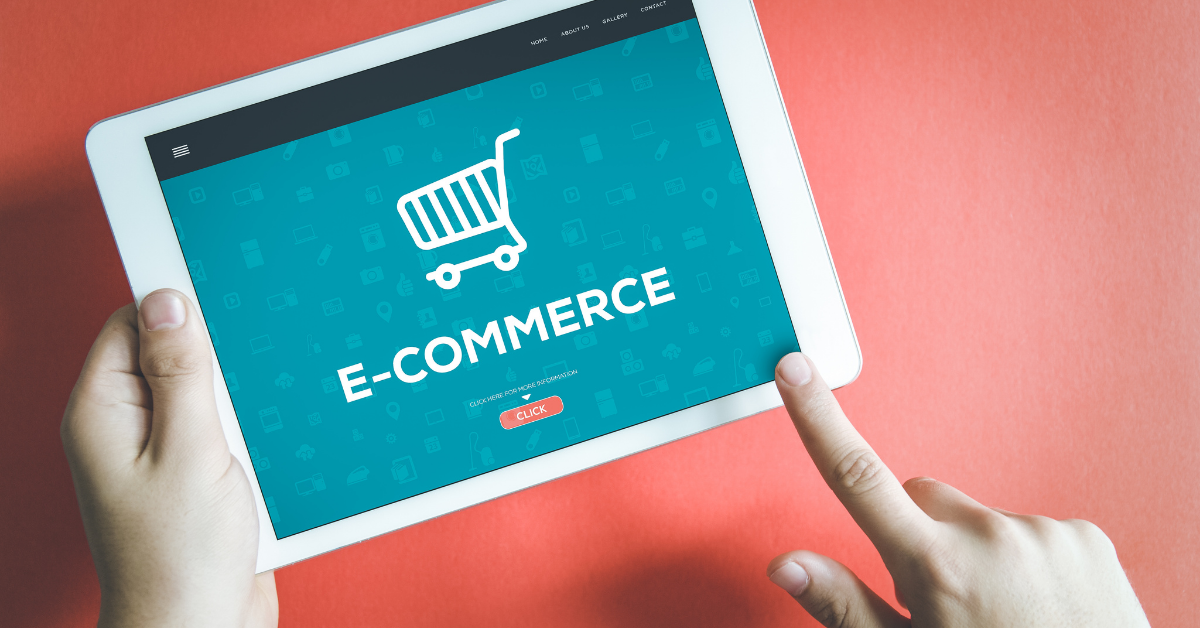The key components
There are many components that a business needs to consider when even thinking about a marketing strategy to help them increase recognition and boost sales. From a marketing perspective there are 5 key components that you must consider: Website Design, Social Media, Paid Social Ads, PPC and Email Marketing.
Website design
The layout of a website and the pages it consists of contributes massively to the success of an e-commerce website, and especially when running any campaigns. Websites that are not utilised for conversions will often be those that have multiple errors, elements placed in the wrong areas and having a poor user interface.
There are multiple tools out there which can help with the design of a site, two examples would be Google Analytics and Heat mapping. Google Analytics will give you a full customer journey, what traffic source they have come from, what pages they have viewed and also provides overviews on areas such as conversions. Heat mapping will provide you with visual run downs on where users click on site, where they scroll, where they drop off and if there are any dead clicks. Using all the data which heat mapping provides you can make relevant changes to the site to prevent people clicking off and in turn increase your conversion rate.
If your site is experiencing a high bounce rate, it is a good idea to combat this with landing pages and pop ups. These two components are used to capture data from the users to then be used for future marketing efforts, the contacts will be stored in a database which can then be contacted should they not opt out of marketing.
If you want to understand more about this book a call with us below:
Social media
Within e-commerce social media is a key element to ensure new and returning customers, over the years instagram has proved to be the most successful platform for e-commerce businesses to show off what they provide and sell. All e-commerce sites are different, though. So understanding who your audiences are will allow you to make the correct decisions when choosing what social media platform to promote on.
Have a look at our social media strategy blog to give you an in depth run down on how to create successful social media content.
Social ads
Recent years we have seen some lucrative results with advertising over social media. The amount of data which the social media platforms now hold on everyone has become more and more powerful over the years – Meaning all of our online behaviours have been tracked to the point ads are shown with almost perfect accuracy. Although, Apple have began to try and put a stop to this by giving users the option to opt out of being tracked. Since these changes have happened there have been a decrease in both the performance of ads and also tracking.
Social media ads are important for any e-commerce business no matter how big or how small. This is purely because there are millions of users active on social media at any one time, and there will always be a section of those which will have some interest in your products or services.
PPC
From our experience PPC is always a primary income stream for our clients, in some cases it is almost 50% of the total revenue of the site. Bearing this in mind it is a vital component that you need to perfect in order to attain the best results.
If you are un aware of what PPC is, it is a service provided by the likes of Google and Microsoft. You will select search terms relevant to your website in order to show at the top of the listing, as well as this the platforms also supply display and shopping ads. All of which you will have seen when searching the web.
Understanding your audience is a key place to begin when running PPC ads, this will allow you to select the relevant phrases and audiences to ensure the highest conversion rate for all of your campaigns. Knowing your audience will also allow for you to be able to select the correct campaign type, different audiences will react differently when shown ads online.
Email and SMS marketing
An often overlooked component to an e-commerce brand is email marketing, it is always surprising to us how many companies have a big database but are not utilising it to its full potential.
Email marketing is often targeted to 30% of the yearly revenue within an e-commerce site but of course this does vary. To achieve this target it is vital that the database is constantly monitored and updated, this is done by actively segmenting the database into segments such as: Lifetime value, frequency of purchase, non purchasers etc. This will allow for far more effective emails to go out as they will all be relevant to the receiver.
Automated flows such as abandoned carts and communication after their first purchase are all very effective methods in which we here at Wild Herbert have found great success with.
Find more out about email marketing below:




